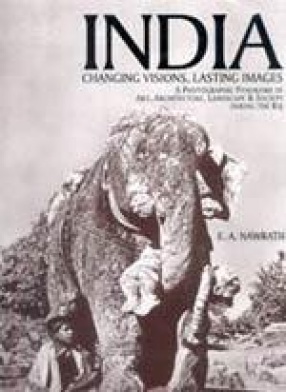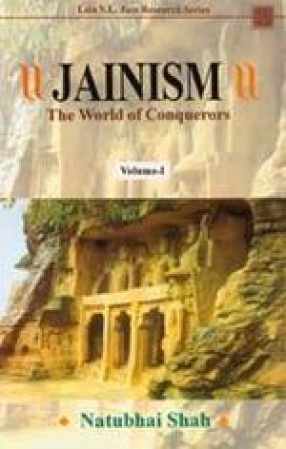With the advent of photography in the second half of nineteenth century, camera became a new tool for the documentation of architecture, landscape and society. India with its rich and diverse socio-cultural heritage, beauty and drama of its scenery, imposing monuments and natural grandeur, provided ready subject for the photographers and their newly acquired art. First published in 1935, this book offers refreshing insights into British India and contains over two hundred rare and fascinating photographs Beyond the apparent purposes of these images – as picturesque views, scientific records of the architectural past and socio-cultural survey – deeper consideration influenced the way these images have been presented. These views are enduring records of minds as well as monuments, and exist today as artifacts of the visual culture of the Raj. A millennium and a half separates the first photograph in this book from the last. The noble simplicity and reposeful grandeur of the first reveals Hellenistic influence and the last shows all the delicacy and elegance of Islamic art at its highest stage of development. This book is an attempt to discover new attractions in hitherto undiscovered arenas. The most common and popular subjects like the ‘picturesque beggar’, ‘fakir’, ‘snake charmer’ and pictures of human misery, which only disparage the country, have been renounced in favour of less-known but more important topics. To ensure real comprehension explanatory texts have been restricted to minimal. The various pictures of tropical splendour, grave solitude among ruins and crowds at places of pilgrimage, temples and ghats, are symbols of Indian spirit. The lens of E.A. Nawrath has aptly captured the passion and quietude of the ordinary Indian and the grandeur of India.
Lamps of India
$27.00
$30.00





There are no reviews yet.